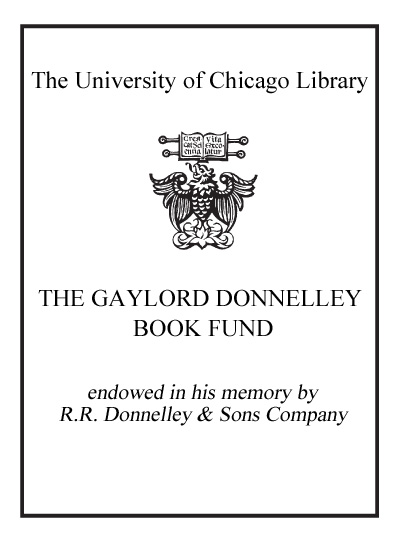The C# project started almost ten years ago, in December 1998, with the goal of creating a simple, modern, object-oriented, and type-safe programming language for the new and yet-to-be-named .NET platform. Since then, C# has come a long way. The language is now in use by more than one million programmers, and it has been released in three versions, each of which added several major new features. This book, too, is in its third edition. A complete technical specification of the C# programming language, the third edition differs in several ways from the first two. Most notably, of course, it has been updated to cover all the new features of C# 3.0, including object and collection initializers, anonymous types, lambda expressions, query expressions, and partial methods. Most of these features are motivated by support for a more functional and declarative style of programming and, in particular, for Language Integrated Query (LINQ), which offers a unified approach to data querying across different kinds of data sources. LINQ, in turn, builds heavily on some of the features that were introduced in C# 2.0, including generics, iterators, and partial types. Another change in the third edition is that the specification has been thoroughly reorganized. In the second edition of this book, the features introduced in C# 2.0 were described separately from the original C# 1.0 features. With a third helping of new features, this approach did not scale--the utility of the book would be impaired by the reader's need to correlate information from three different parts. Instead, the material is now organized by topic, with features from all three language versions presented together in an integrated manner. A final but important departure from earlier editions is the inclusion of annotations in the text. We are very fortunate to be able to provide insightful guidance, background, and perspective from some of the world's leading experts in C# and .NET in the form of annotations throughout the book. We are very happy to see the annotations complement the core material and help the C# features spring to life. Many people have been involved in the creation of the C# language. The language design team for C# 1.0 consisted of Anders Hejlsberg, Scott Wiltamuth, Peter Golde, Peter Sollich, and Eric Gunnerson. For C# 2.0, the language design team consisted of Anders Hejlsberg, Peter Golde, Peter Hallam, Shon Katzenberger, Todd Proebsting, and Anson Horton. Furthermore, the design and implementation of generics in C# and the .NET Common Language Runtime are based on the "Gyro" prototype built by Don Syme and Andrew Kennedy of Microsoft Research. C# 3.0 was designed by Anders Hejlsberg, Peter Hallam, Shon Katzenberger, Dinesh Kulkarni, Erik Meijer, Mads Torgersen, and Matt Warren. It is impossible to acknowledge the many people who have influenced the design of C#, but we are nonetheless grateful to all of them. Nothing good gets designed in a vacuum, and the constant feedback we receive from our large and enthusiastic community of developers is invaluable. C# has been, and continues to be, one of the most challenging and exciting projects on which we've worked. We hope you enjoy using C# as much as we enjoyed creating it. Excerpted from The C# Programming Language by Anders Hejlsberg, Scott Wiltamuth, Peter Golde, Mads Torgersen All rights reserved by the original copyright owners. Excerpts are provided for display purposes only and may not be reproduced, reprinted or distributed without the written permission of the publisher.


